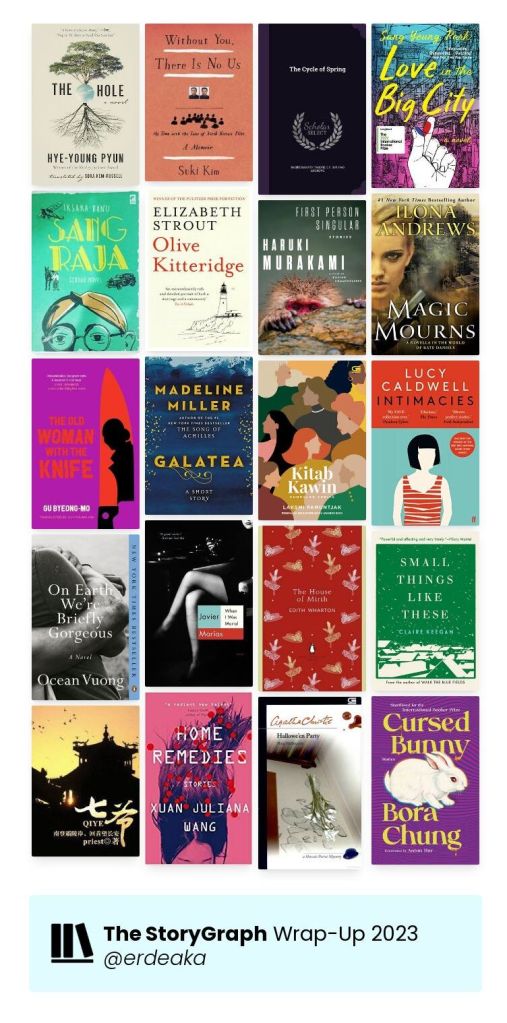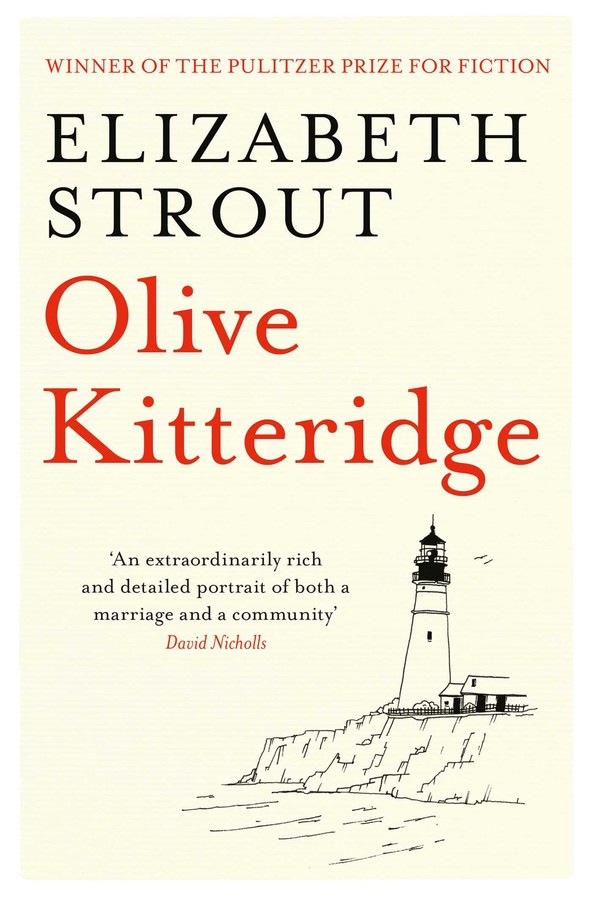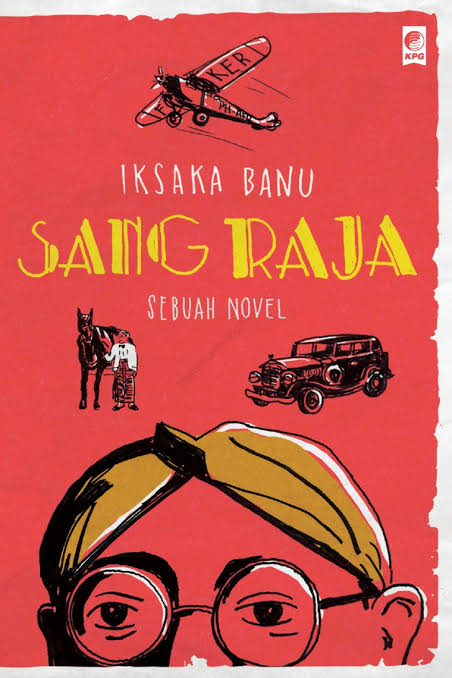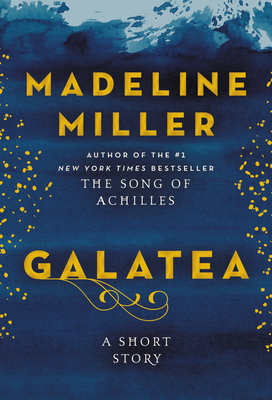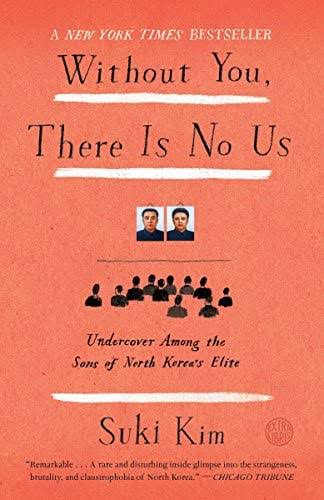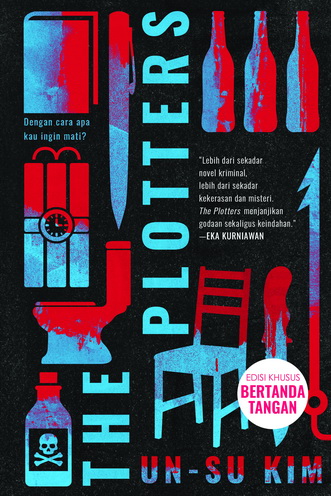Sejarah Amerika Serikat tidak akan lepas dari perbudakan, termasuk perdagangan manusia dari Afrika yang diangkut dalam kapal-kapal untuk dipekerjakan secara tidak manusiawi. Sejarah ini berlangsung panjang dan lama—selama berdirinya perkebunan-perkebunan kapas serta berkobarnya rasa superioritas kaum kulit putih terhadap kaum kulit hitam yang hampir-hampir tidak pernah padam.
Tidak sedikit cerita fiksi yang meriwayatkan kembali sejarah ini, dan novel The Underground Railroad karya Colson Whitehead jelas-jelas bukanlah yang pertama—meski dapat diyakini tidak akan menjadi yang terakhir.
Whitehead mengawali kisah dari awal sejarah keji ini terjadi: pengangkutan orang-orang Afrika yang dibawa secara paksa dari desa-desa mereka di benua hitam dengan menggunakan kapal menuju benua Amerika.
Manusia-manusia ini lantas dilelang, dipilih-pilih, dan dihargai berdasarkan postur dan kondisi tubuh. Tidak berhenti sampai di situ, budak-budak terbaik oleh majikannya kemudian dikawinkan dengan budak terbaik lainnya dari lawan jenis demi mendapatkan keturunan terbaik yang kelak akan meneruskan tugas-tugas orangtua mereka melayani sang majikan—sebuah praktik yang mengingatkan kita pada bagaimana peternak mengawinkan hewan-hewan ternak mereka.
Dalam praktik tak manusiawi inilah, Ajarry, nenek sang tokoh utama, hidup dan menjalani kutukan yang juga diwarisi oleh keturunannya kelak: bekerja keras bahkan melebihi kuda, menerima hukuman berat akibat kesalahan terkecil sekalipun, lalu mati mengenaskan. Mabel, putrinya, tak ingin mengalami hal yang sama. Setelah janji akan kemerdekaan pupus, Mabel nekat melarikan diri tanpa membawa anak perempuannya Cora.
Demi alasan itulah pada mulanya Cora menolak ajakan temannya Caesar untuk melarikan diri dari perkebunan kapas milik keluarga Randall tempat mereka “bekerja”. Jika ibunya meninggalkannya di sana, berarti di sanalah tempatnya. Untuk apa melarikan diri? Ke mana? Selain ibunya, semua budak yang kabur terbukti gagal meraih kebebasan, kembali pada tuan mereka dan dihukum bahkan sampai hilang nyawa.
Namun suatu peristiwa mengubah pemikiran Cora—peristiwa di mana ia berani menghalau hukuman yang diberikan saudara sang majikan kepada seorang budak kecil nan polos. Cora yakin ia tidak akan selamat, terutama ketika majikannya meninggal dan digantikan oleh sang adik yang lebih tak berperasaan. Ia pun setuju untuk lari bersama Caesar. Dengan bantuan seorang simpatisan gerakan penghapusan perbudakan berkulit putih, mereka berdua melewati jalur kereta api bawah tanah menuju utara.
Sesampainya di Carolina Selatan, Cora dan Caesar menjalani kehidupan baru yang lebih baik: tinggal di asrama yang layak, belajar baca dan tulis, mendapat pekerjaan yang lebih terhormat beserta gaji, memperoleh pelayanan serta pemeriksaan kesehatan. Semua tampak menyenangkan dan negara bagian tersebut terasa bagaikan surga.
Sayang beribu sayang, kebebasan terbukti cuma ilusi. Budak-budak pelarian dijadikan kelinci percobaan. Populasi kaum kulit hitam dikendalikan melalui rahim wanita-wanitanya. Diberlakukan pula segregasi serta “penghalusan” sejarah perbudakan yang keji dan biadab dengan menggunakan orang-orang kulit hitam. Begitukah nasib manusia bebas? Belum lagi bahaya yang kemudian datang menyusul, yang mendesak Cora kembali melarikan diri dari satu tempat ke tempat lain, menyusuri jaringan kereta api bawah tanah tanpa henti.
“Kaum kulit putih datang ke negeri ini untuk awal yang baru dan melarikan diri dari kezaliman majikan mereka, sama seperti para budak bebas yang melarikan diri dari majikan mereka. Tetapi cita-cita yang mereka anut untuk diri sendiri tidak mereka berikan kepada orang lain.”—(hlm. 125)
Sudah pada hakikatnya perbudakan bukanlah perbuatan adil—jika tidak bisa disebut tindak kriminal. Mula-mula demi menghindari persekusi di tanah sendiri, bangsa Eropa jauh-jauh menyeberangi Samudra Atlantik. Namun di tengah menciptakan kehidupan baru di dunia baru, mereka lantas tanpa ampun merebut tanah milik suku-suku Indian dan membangun kota-kota serta perkebunan di atasnya. Lalu, demi menjalankan bisnis kapas mereka, orang-orang kulit putih tersebut menculik orang-orang Afrika dan mempekerjakan mereka tanpa kelayakan apa pun.
Sebagaimana yang dapat dikutip dari salah satu paragraf, “Tubuh-tubuh curian menggarap tanah curian.” Orang-orang kulit putih tidak mau rugi, bahkan bila juga harus melakukan persekusi.
“Perbudakan adalah dosa jika berkaitan dengan kaum kulit putih, tetapi tidak untuk bangsa Afrika. Semua manusia diciptakan setara, kecuali kami memutuskan bahwa kau bukan manusia.”—(hlm. 196)
Masalah perbudakan semakin rumit dan keji pula oleh cara pandang rasial terhadap orang-orang kulit hitam. Di mata para majikan kulit putih, budak-budak mereka hanyalah orang-orang barbar dan bodoh yang tidak ada bedanya dengan binatang: dimiliki, dicambuki, disuruh bekerja secara paksa, dikawinkan, dan bisa saja dijual kembali atau dihukum sampai mati.
Budak bukanlah “manusia” yang harus—atau boleh—baca dan tulis, diberi makanan dan pakaian yang layak, atau diperlakukan dengan hormat. Mereka sama halnya dengan properti, barang milik yang digunakan sesuka hati oleh majikan mereka.
Semua kekejaman dan ketidakadilan dalam perbudakan ini tergambar begitu jelas dan kuat dalam setiap kalimat yang dituangkan Colson Whitehead pada narasinya. Setiap dialog dan penggambaran bak pisau tajam yang menusuk-nusuk pikiran pembaca.
Seperti ketika penulis menggambarkan hukuman yang diberikan majikan Randall kepada salah seorang budak yang melarikan diri: kelamin si budak dipotong dan dijejalkan ke dalam mulutnya lalu bibirnya dijahit, setelah itu ia disiram dengan minyak dan dibakar hidup-hidup. Kalimat-kalimat Whitehead sederhana, lugas, dan tegas. Ia seakan-akan ingin mengatakan kepada pembaca secara gamblang, “Ini, inilah yang terjadi!”
Penulis juga tak hendak berbasa-basi dalam mengumbar dialog. Boleh dibilang kebanyakan dialognya bersifat ringkas dan terkesan “redam”. Tetapi pada dialog lainnya, terutama kala penulis hendak menuturkan pertentangan dan cara pandang setiap karakter, kalimat-kalimat yang tersaji terasa begitu pahit.
Semisal ketika Ridgeway si penangkap budak berkata pada Cora, “Kau melakukan apa yang harus kau lakukan untuk bertahan hidup.” Kata-kata yang tentu diamini oleh semua orang, tapi akan terasa kejam jika digunakan untuk membela praktik perbudakan. Dan yang paling pahit adalah saat kemudian Ridgeway melanjutkan:
“…aku [lebih] menyukai Roh Amerika, yang mengubah kita dari Dunia Lama menjadi Dunia Baru, untuk menaklukkan, membangun, memperadabkan, dan menghancurkan apa yang perlu dihancurkan. Untuk mengangkat ras yang lebih rendah. Jika tidak mengangkat, maka menundukkan. Dan jika tidak menundukkan, maka melenyapkan. Takdir kita atas perintah ilahi—kekuasaan Amerika.”—(hlm. 238)
The Underground Railroad merupakan narasi rangkaian peristiwa berliku mengenai kekejaman praktik perbudakan dan ketidakadilan rasial. Rangkaian ini sama berlikunya dengan jalan yang harus ditempuh kaum kulit hitam dalam meraih kebebasan sejati. Yang tak kalah menarik adalah jalinan alur ini diselingi pula dengan pengisahan rinci tentang karakter-karakter yang tak mungkin bersuara di tengah lika-liku tersebut. Dan andai hasil terjemahannya sedikit lebih baik lagi, niscaya buku ini akan menjadi narasi yang sempurna.
N.B.: resensi ini pernah tayang sebelumnya di situs Jurnal Ruang.
Rating: 4.5/5

